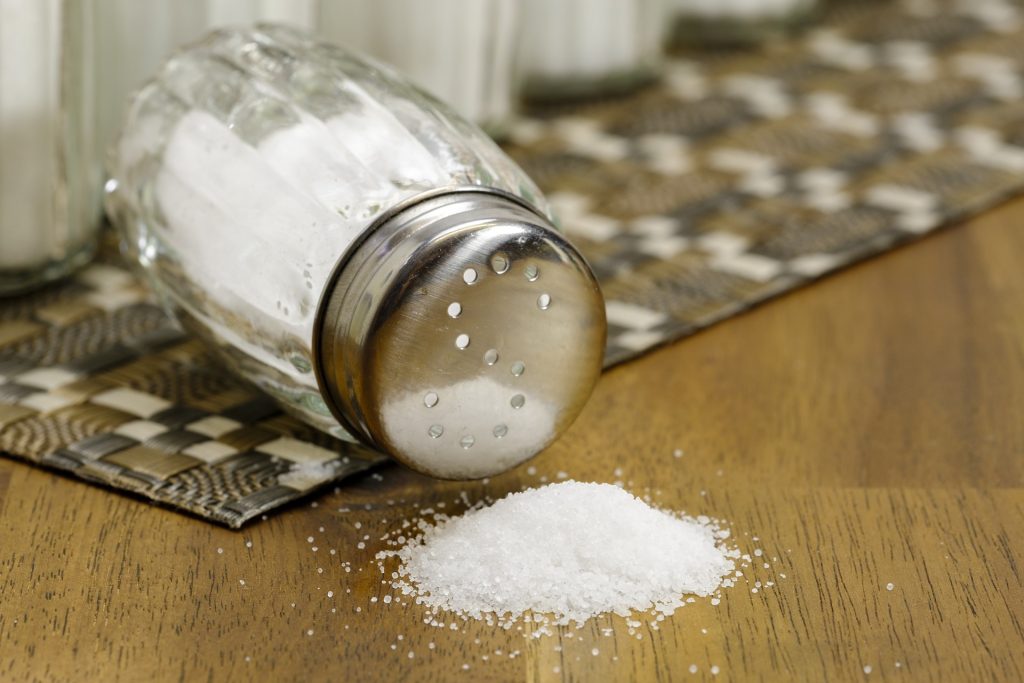
A newly published study from the University of Waterloo suggests that increasing the ratio of dietary potassium to sodium intake may be more effective for lowering blood pressure than simply reducing sodium intake.
“Usually, when we have high blood pressure, we are advised to eat less salt,” said Dr Anita Layton, professor at the University of Waterloo. “Our research suggests that adding more potassium-rich foods to your diet, such as bananas or broccoli, might have a greater positive impact on your blood pressure than just cutting sodium.”
Potassium and sodium are both electrolytes – substances that help the body send electrical signals to contract muscles, affect the amount of water in your body and perform other essential functions.
“Early humans ate lots of fruits and vegetables, and as a result, our body’s regulatory systems may have evolved to work best with a high potassium, low sodium diet,” said Melissa Stadt, a PhD candidate in Waterloo’s Department of Applied Mathematics and the lead author of the study.
“Today, western diets tend to be much higher in sodium and lower in potassium. That may explain why high blood pressure is found mainly in industrialised societies, not in isolated societies.”
While previous research found that increasing potassium intake can help control blood pressure, the researchers developed a mathematical model that successfully identifies how the ratio of potassium to sodium impacts the body.
The model also identifies how sex differences affect the relationship between potassium and blood pressure. The study found that men develop high blood pressure more easily than pre-menopausal women, but men are also more likely to respond positively to an increased ratio of potassium to sodium.
The researchers emphasise that mathematical models like the one used in this study allow these kinds of experiments to identify how different factors impact the body quickly, cheaply, and ethically.
The study was recently published in the American Journal of Physiology-Renal Physiology.
Source: University of Waterloo

